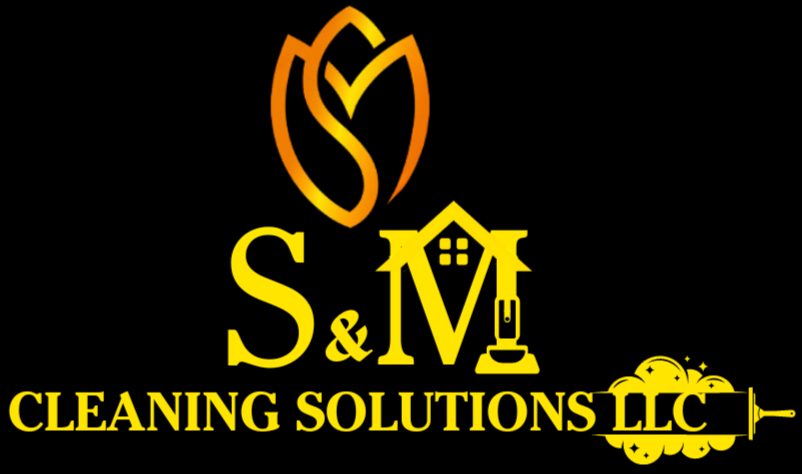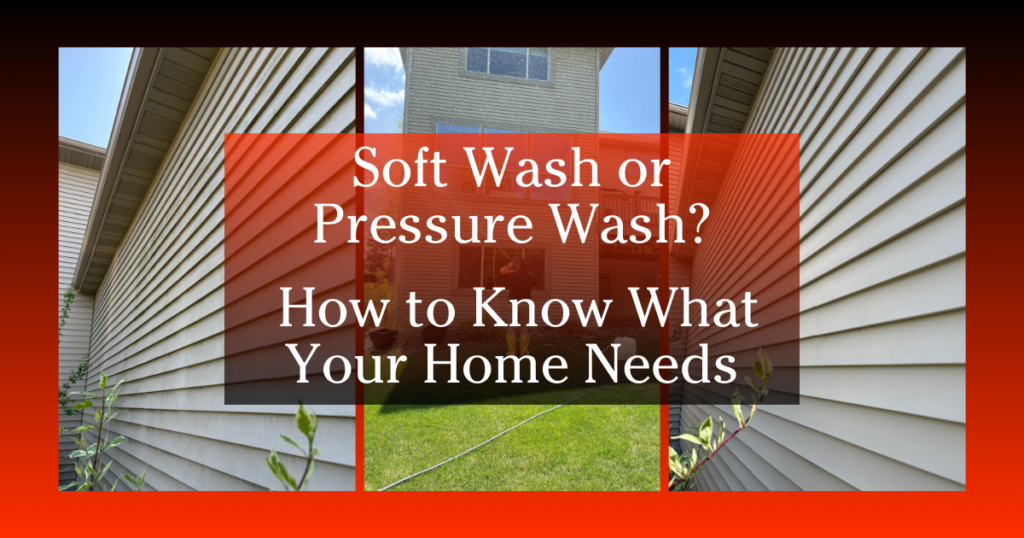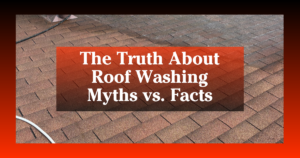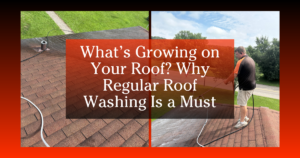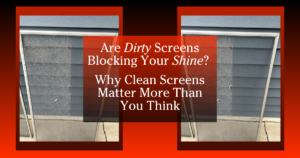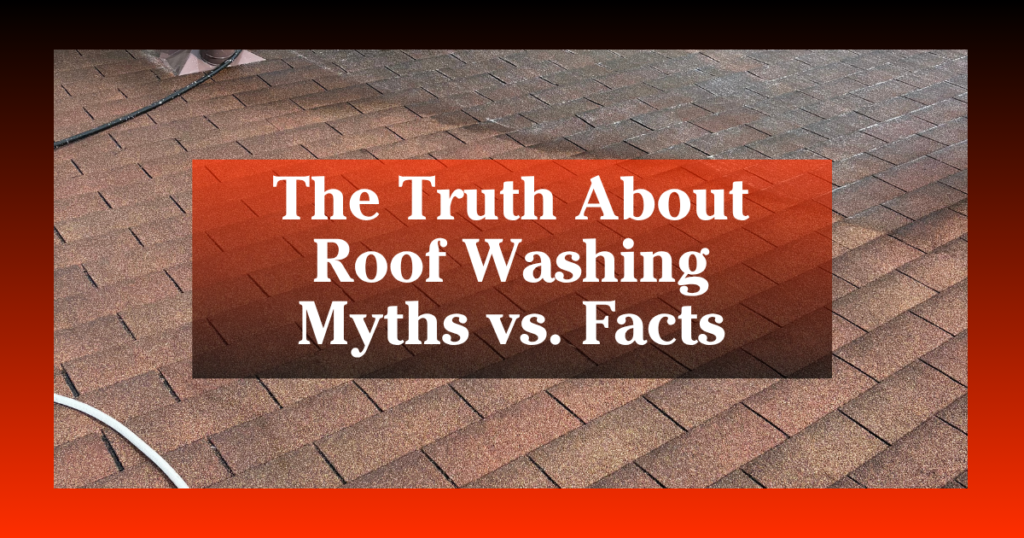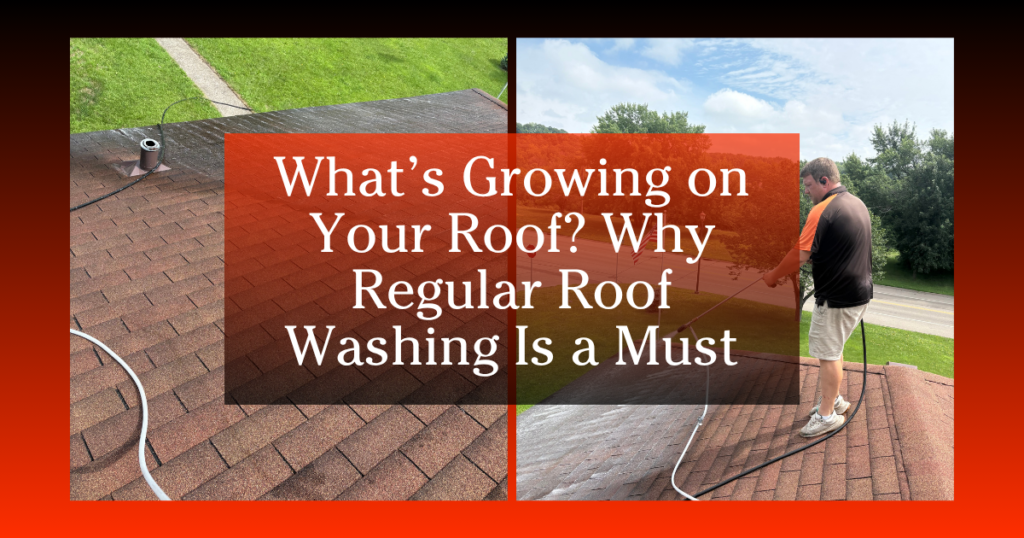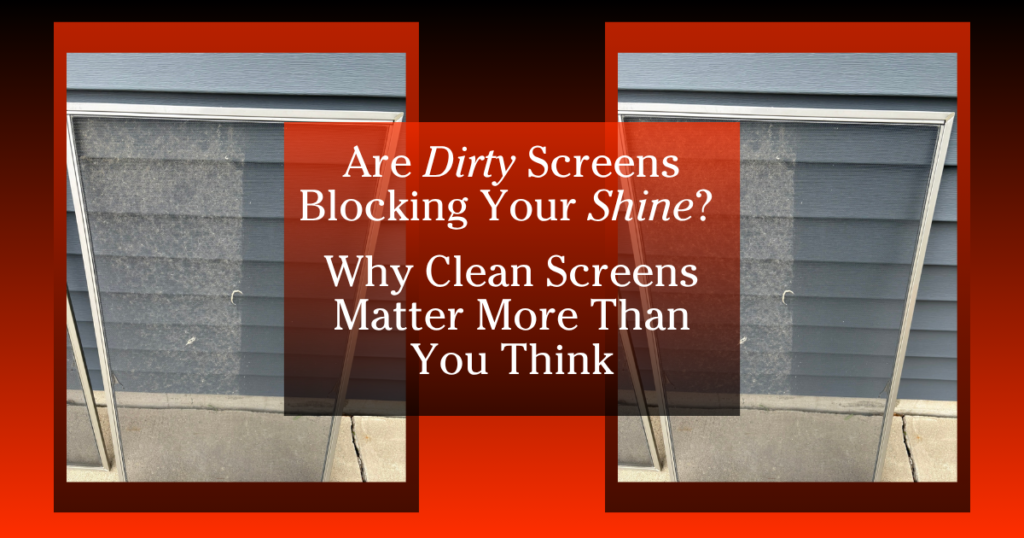
Soft Wash or Pressure Wash? How to Know What Your Home Needs
When your home’s exterior starts looking dingy or stained, your first instinct might be to grab a pressure washer – or call in the pros to do it for you. But did you know not all surfaces are suited for high-pressure washing? In fact, using the wrong method can lead to damage, costly repairs, and decreased curb appeal.
So how do you know whether to pressure wash or soft wash? Let’s break it down.
💧 What Is Pressure Washing?
Pressure washing uses highly pressurized water to remove dirt, mold, algae, and grime. It’s ideal for durable surfaces that can withstand force, such as:
- Concrete driveways
- Sidewalks
- Brick patios
- Stone surfaces
Best For: Tough stains, mildew, and surfaces that can take the pressure—literally.
Caution: Pressure washing siding, roof shingles, or painted surfaces can strip paint, dent materials, or cause water damage.
🌿 What Is Soft Washing?
Soft washing uses a low-pressure stream combined with specialized cleaning solutions to break down organic growth, dirt, and stains. It’s gentle yet highly effective and commonly used on:
- Vinyl siding
- Stucco
- Roofs
- Painted wood
- Outdoor furniture
- Screens and windows
Best For: Surfaces prone to damage or delicate materials. Also great for killing algae and mildew at the root, not just washing it away.
🏠 Which One Does Your Home Need?
Think about your home’s materials and the type of dirt you’re dealing with:
- Mold on your siding? Soft wash.
- Stains on your concrete driveway? Pressure wash.
- Dirty, discolored roof? Soft wash.
- Caked-on grime on stone walkways? Pressure wash.
Still unsure? That’s where we come in. Our team is trained to assess the best method to clean and protect your home—without causing damage.
Need help deciding what your home needs? Contact us today for a free estimate. Whether it’s soft washing or pressure washing, we’ll leave your home looking fresh and protected – just in time for summer!
